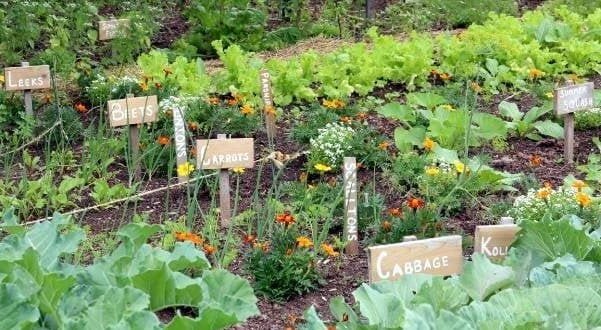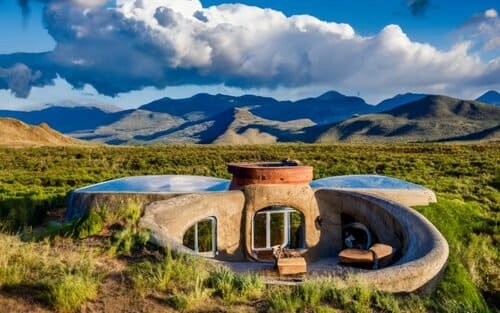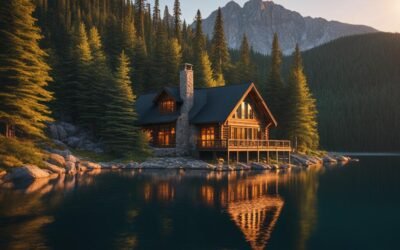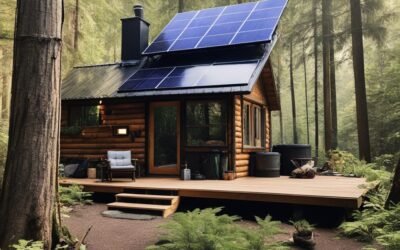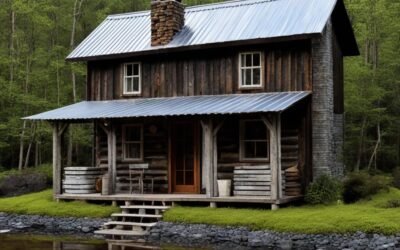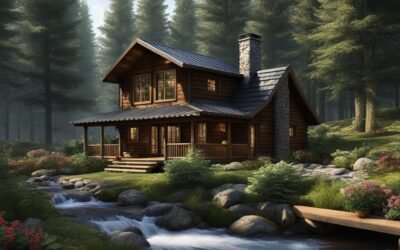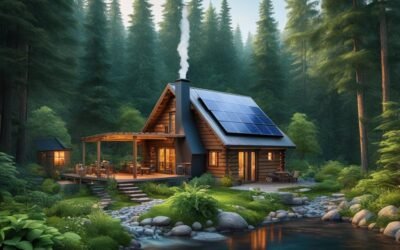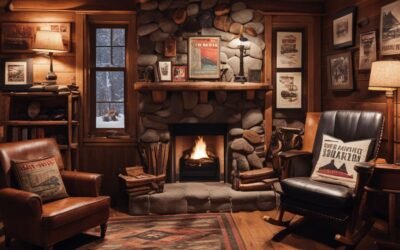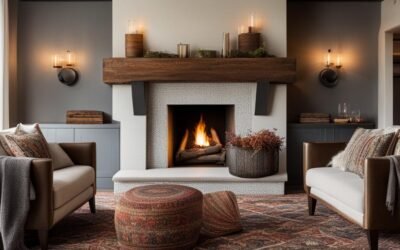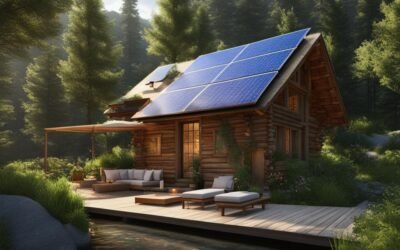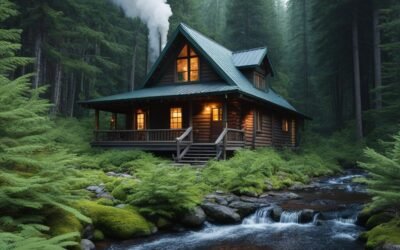Building a cabin is an exciting and fulfilling journey. From designing the perfect floor plan to selecting the right materials, every step is crucial in creating the cabin of your dreams. In this article, I will share my personal cabin construction journey and provide valuable insights into the process. Follow along as I navigate the world of cabin construction and bring my vision to reality.
- Cabin construction involves designing floor plans and selecting materials.
- Personal experiences offer valuable insights into the construction process.
- Follow along as we explore the ins and outs of cabin construction.
- Learn about the challenges and decision-making involved in the process.
- Discover sustainable housing approaches for your cabin project.
Finding the Right Resources and Ideas
Before diving into the cabin construction process, it is important to gather the right resources and ideas. Whether you’re a seasoned builder or a first-time cabin owner, seeking advice from industry experts can provide invaluable insights and cabin construction tips. These experts have years of experience in the field and can guide you through the process, ensuring a smoother construction journey.
One aspect to consider is customizing floor plans to suit your specific needs. With the help of professional architects or design software, you can modify existing floor plans or create a completely unique design that caters to your lifestyle and preferences. Customizing floor plans allows you to maximize functionality and create a space that truly feels like home.
If you already have a cabin and are looking to renovate, there are plenty of options to consider for improving and updating your space. From adding modern amenities to optimizing the layout for summer activities, cabin renovations can transform your retreat into the perfect getaway.
“Renovating my cabin was a game-changer. Adding a deck and outdoor kitchen opened up a whole new world of entertaining possibilities. I never thought I’d spend so much time outdoors until I made these changes.” – Emily, Cabin Owner
Another important consideration is sustainable cabin construction. Building a cabin that is environmentally friendly not only reduces your ecological footprint but also saves you money in the long run. From incorporating energy-efficient features to utilizing sustainable building materials, there are various ways to ensure your cabin is eco-friendly and energy-efficient.
To gather inspiration and stay up-to-date with the latest trends, virtual home shows are a great resource. These online events allow you to explore different cabin styles, innovative designs, and cutting-edge technologies from the comfort of your own home. Don’t miss out on the opportunity to discover new ideas and gain insights from industry professionals.
Remember, finding the right resources and ideas sets the foundation for a successful cabin construction project. Take the time to research and consult experts, customize your floor plans, consider renovations, embrace sustainable practices, and explore virtual home shows. By doing so, you’ll be well-equipped to create the cabin of your dreams.
DIY vs. Professional Help
Deciding between a DIY approach and hiring professional help is a crucial step in the cabin construction process. Let’s explore the pros and cons of each option to help you make an informed decision.
DIY cabin construction offers a unique opportunity for hands-on involvement, allowing you to bring your vision to life. It can be a rewarding experience, providing a sense of accomplishment and personal satisfaction. However, it is important to note that DIY projects require extensive planning, research, and skill. You will need to invest time and effort into learning about cabin construction techniques and acquiring the necessary tools and materials.
If you have the necessary skills and resources, DIY cabin construction can be a cost-effective option. By eliminating the need to hire professionals, you can potentially save money on labor costs. Additionally, you have full control over every aspect of the construction process, ensuring that your cabin reflects your unique style and preferences.
“DIY cabin construction allows for more hands-on involvement and can be a rewarding experience.”
However, it is essential to assess your abilities realistically. Cabin construction involves various disciplines, such as carpentry, plumbing, and electrical work. If you lack expertise in any of these areas, it may be more efficient and safer to hire professionals for those specific tasks.
On the other hand, hiring a home builder or professional contractors brings valuable expertise and industry knowledge to your project. They have the experience and skills necessary to execute the construction process efficiently and effectively. Professional help ensures that your cabin meets the necessary building codes and regulations, avoiding potential legal and safety issues.
Although hiring professionals comes with additional costs, it can save you time and provide peace of mind. They handle the logistics, coordinate subcontractors, and manage the overall construction process, allowing you to focus on other aspects of your project. Additionally, professional contractors have established relationships with suppliers, potentially accessing discounted materials and resources.
“Hiring a home builder or professional contractors can ensure a smoother construction process but comes with additional costs.”
When deciding between DIY and professional help, carefully consider your abilities, resources, and project scope. If you have the necessary skills, time, and passion for DIY cabin construction, it can be a fulfilling experience. However, if you prefer a more streamlined and efficient process, hiring professionals is a viable option.
DIY Cabin Plans
If you choose the DIY route, it is essential to have well-designed cabin plans in place. These plans serve as a roadmap for your project, guiding you through each phase of construction. There are numerous resources available online, such as websites and books, offering a wide range of DIY cabin plans for various styles and sizes.
| Pros of DIY Cabin Construction | Pros of Hiring Professional Help |
|---|---|
| Hands-on involvement and sense of accomplishment | Industry expertise and knowledge |
| Potential cost savings on labor | Efficient and streamlined construction process |
| Full control over design and customization | Compliance with building codes and regulations |
| Time savings and peace of mind |
Ultimately, the choice between DIY cabin construction and hiring professional help depends on your specific circumstances, preferences, and comfort level with the construction process. It is essential to evaluate both options and make an informed decision that aligns with your goals and resources.
Overcoming Challenges and Decision-Making
 Cabin construction is an exhilarating journey, but it also comes with a fair share of challenges. From navigating the complexities of roof installation to managing the construction timeline, there are several obstacles that builders must overcome to bring their cabins to life.
Cabin construction is an exhilarating journey, but it also comes with a fair share of challenges. From navigating the complexities of roof installation to managing the construction timeline, there are several obstacles that builders must overcome to bring their cabins to life.
Roof Installation: Installing the roof is a critical and demanding task in cabin construction. It requires meticulous planning, precise measurements, and proper structural support to ensure the cabin withstands the elements for years to come. Builders must carefully select the roofing materials and follow industry best practices to guarantee a secure and durable roof.
Construction Timeline: Sticking to a timeline is essential in completing the cabin construction project efficiently. However, unforeseen delays, such as inclement weather or supply shortages, can significantly impact the timeline. Builders must proactively manage these challenges, adapt their schedules, and communicate effectively with suppliers and contractors to mitigate potential delays.
Valuable Recommendations for Builders: Experienced builders can offer valuable insights and recommendations to help builders overcome common challenges in cabin construction. By seeking advice from professionals in the industry, builders can gain knowledge about efficient construction techniques, materials, and budgeting. These recommendations can save both time and money, and ultimately lead to a more successful cabin project.
Surface Treatment of OSB Boards: OSB (Oriented Strand Board) boards are commonly used in cabin construction for their strength and versatility. However, their appearance can be less aesthetically pleasing compared to other materials. Builders can enhance the visual appeal of OSB boards by exploring different surface treatment options, such as painting or staining. This not only improves the overall look of the cabin but also protects the boards from moisture and prolongs their lifespan.
Making informed decisions at every step of the construction process is crucial for a successful cabin project. By addressing the challenges head-on, seeking expert recommendations, and enhancing the visual appeal of key components like OSB boards, builders can create a cabin that meets their vision and withstands the test of time.
Building a Sustainable Cabin
 As sustainability becomes increasingly important, I believe it’s crucial to incorporate sustainable approaches into cabin construction. By exploring options such as rainwater reuse, solar panels, and off-grid living, you can create an environmentally-friendly cabin that aligns with your values.
As sustainability becomes increasingly important, I believe it’s crucial to incorporate sustainable approaches into cabin construction. By exploring options such as rainwater reuse, solar panels, and off-grid living, you can create an environmentally-friendly cabin that aligns with your values.
Rainwater reuse is a sustainable housing approach that involves collecting and storing rainwater for various uses in your cabin. This not only reduces the strain on local water resources but also allows you to make the most of a natural and renewable water source.
Solar panels are another fantastic addition to a sustainable cabin. By harnessing the power of the sun, you can generate clean and renewable energy to power your cabin’s electrical needs. Not only will this help reduce your reliance on the grid, but it can also lead to long-term cost savings by minimizing utility bills.
For those looking to embrace a self-sufficient lifestyle, off-grid living is a viable option. By utilizing renewable energy sources, implementing energy-efficient designs, and incorporating sustainable building materials, you can create a cabin that operates independently from public utilities.
Benefits of Sustainable Cabin Construction
- Reduces ecological footprint
- Conserves natural resources
- Reduces energy consumption
- Long-term cost savings
- Promotes self-sufficiency
By embracing sustainable practices in cabin construction, you not only contribute to a greener future but also create a cabin that is both beautiful and eco-friendly. It’s a win-win situation that allows you to enjoy the serenity of your cabin while minimizing your impact on the environment.
“Building a sustainable cabin is not just about reducing your ecological footprint; it’s a statement of your commitment to a better planet for future generations.” – Sustainability Enthusiast
Conclusion
Building a cabin is an incredible journey that requires careful planning, hard work, and dedication. Throughout this article, I have shared valuable insights into the cabin construction process and provided tips and recommendations to help you bring your cabin dreams to life. Whether you chose a DIY approach or hired professional help, I hope that this article has been a helpful resource in guiding you through every step of the way.
Remember, creating your own cozy retreat is not just about the end result, but also about enjoying the process. Embrace the satisfaction of seeing your vision come to life and relish in the memories that will be made within the walls of your newly constructed cabin.
Now that your cabin construction journey is complete, it’s time to sit back, relax, and bask in the joy of your achievement. Whether you’re using your cabin as a peaceful getaway or a gathering place for family and friends, your hard work has paid off in creating a space that is uniquely yours.
FAQ
What is the process of cabin construction?
The cabin construction process involves designing the floor plan, selecting materials, and then constructing the cabin according to the plan.
Should I hire professionals or do a DIY cabin construction?
It depends on your abilities and resources. DIY cabin construction allows for more involvement but requires planning and skill, while hiring professionals ensures a smoother process but comes with additional costs.
What are the challenges in cabin construction?
A: Some challenges in cabin construction include handling heavy roof installation and managing the construction timeline. It is crucial to make informed decisions and seek recommendations from experienced builders.
How can I incorporate sustainability into my cabin construction?
You can incorporate sustainability by exploring options like rainwater reuse, solar panels, and off-grid living. These approaches reduce your ecological footprint and can lead to long-term cost savings.
What are some valuable resources for cabin construction ideas?
You can seek advice from industry experts, explore virtual home shows, and consider cabin renovations for summer activities. Customizing floor plans and exploring sustainable practices can also provide valuable ideas.



